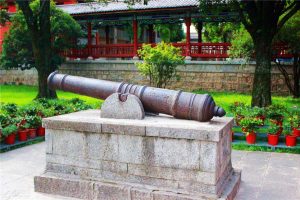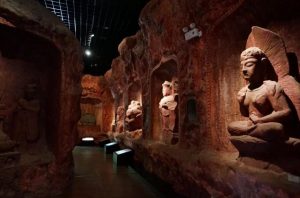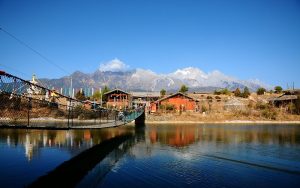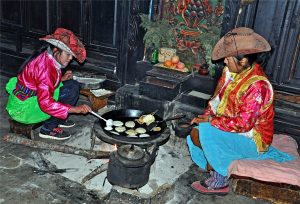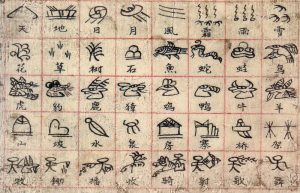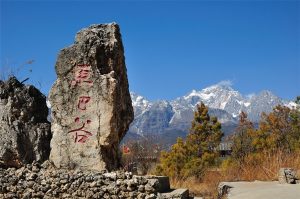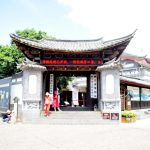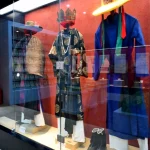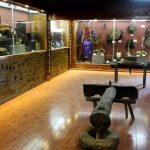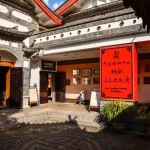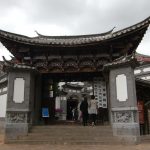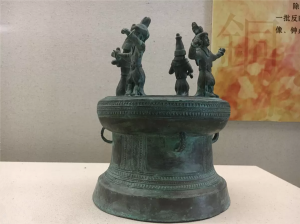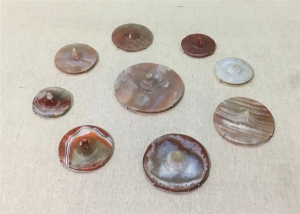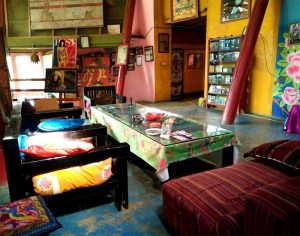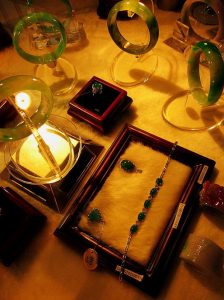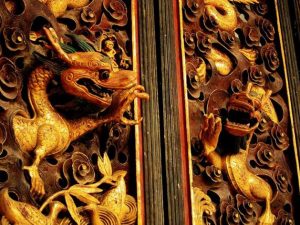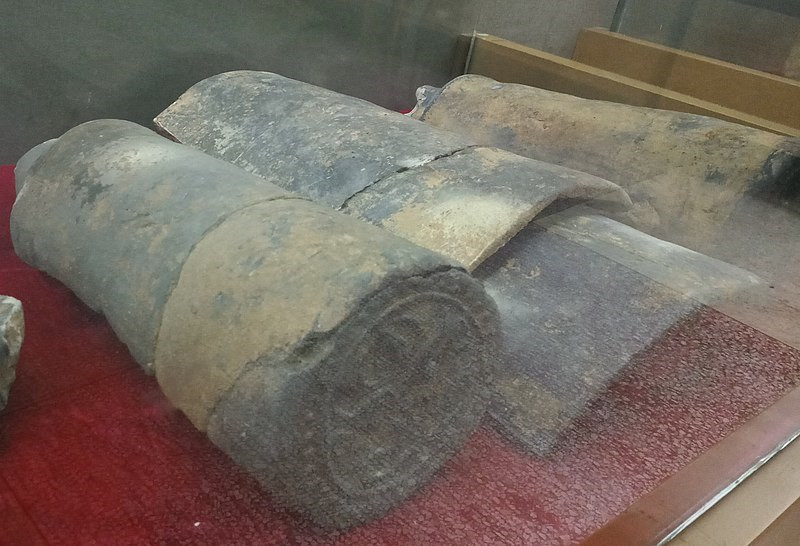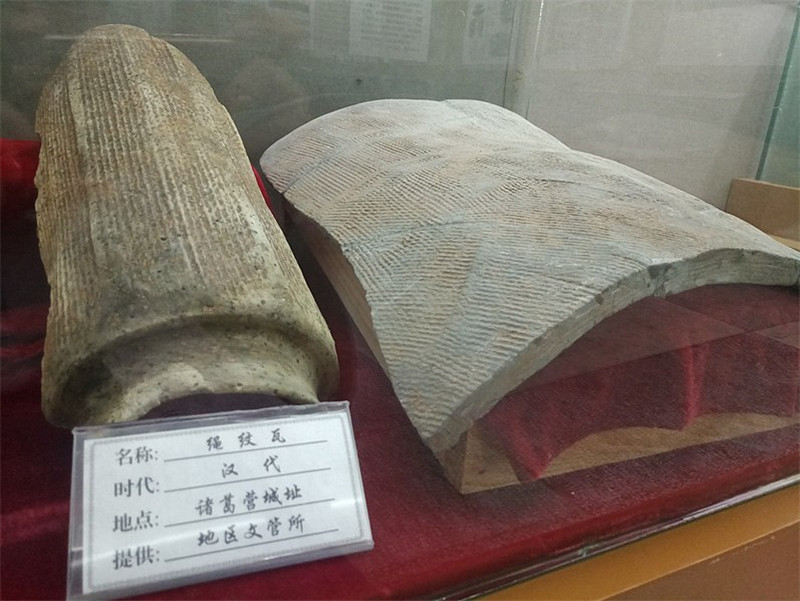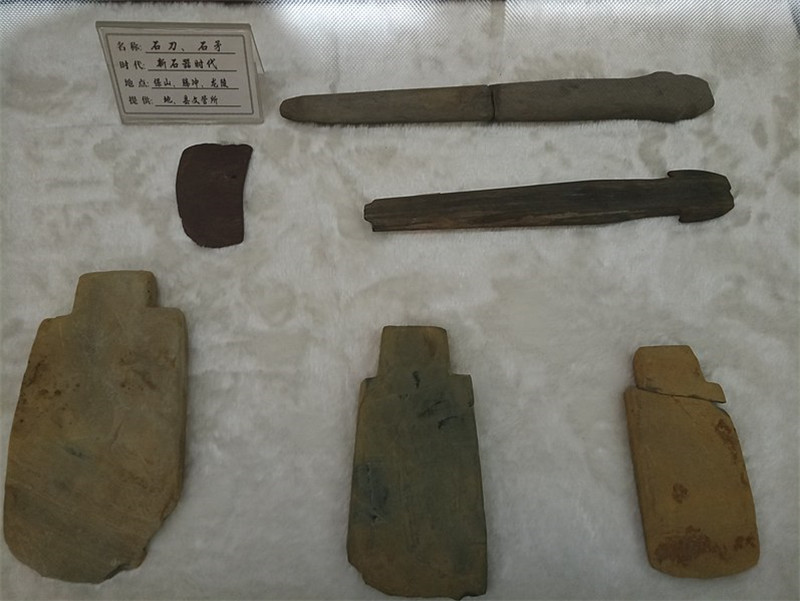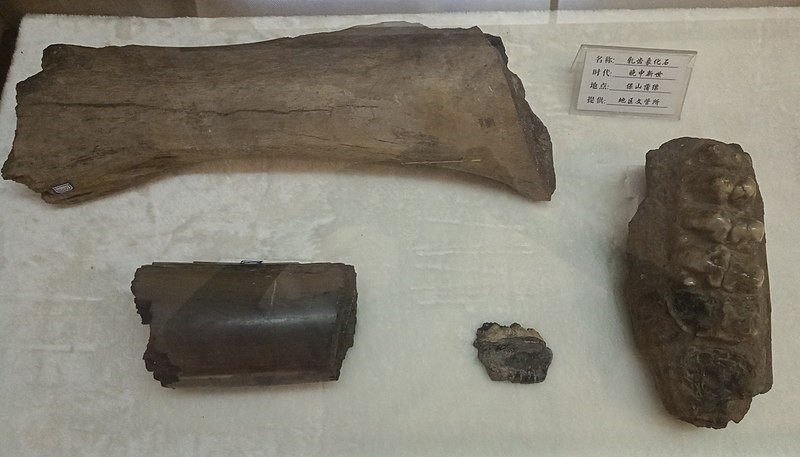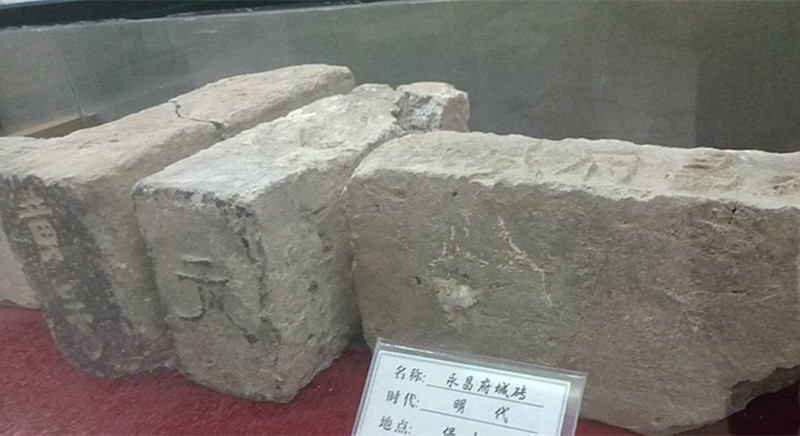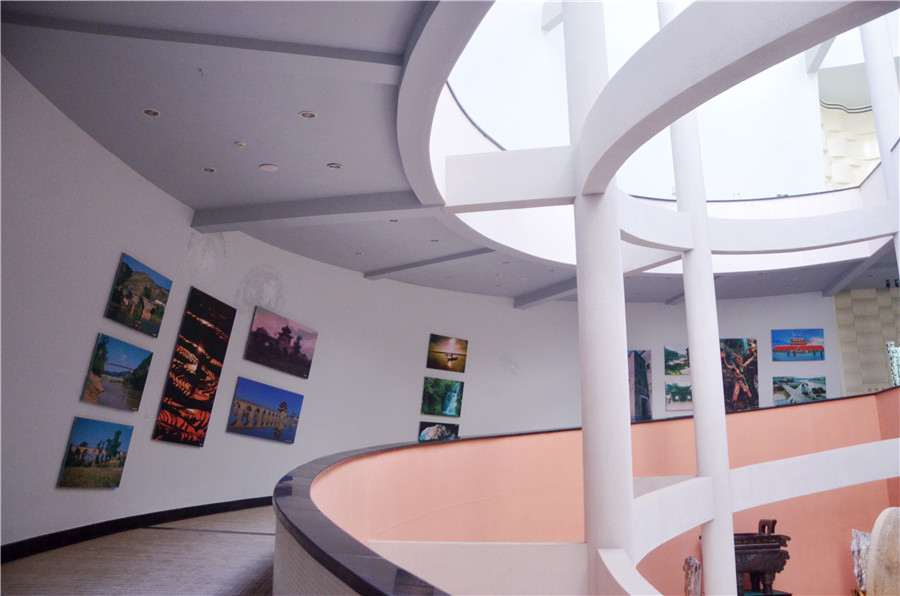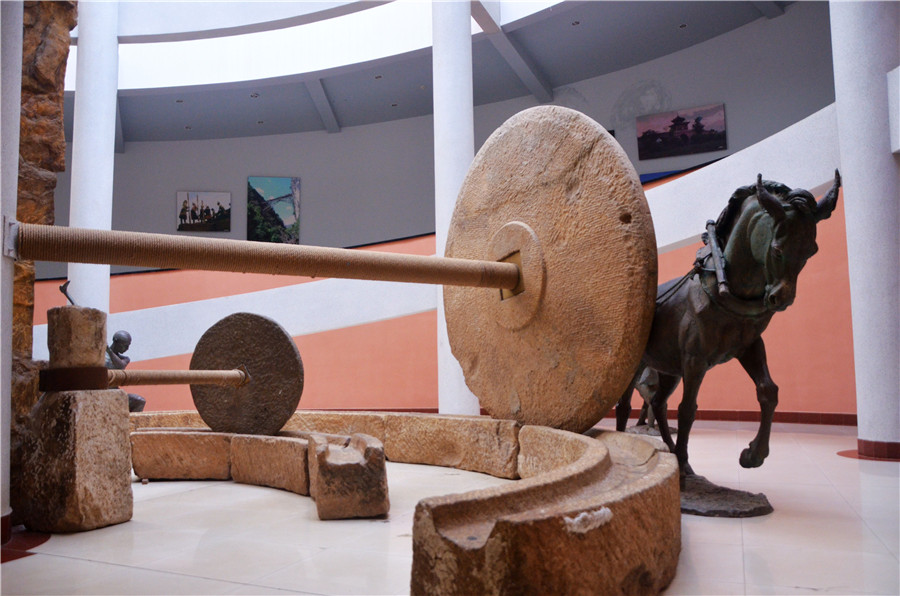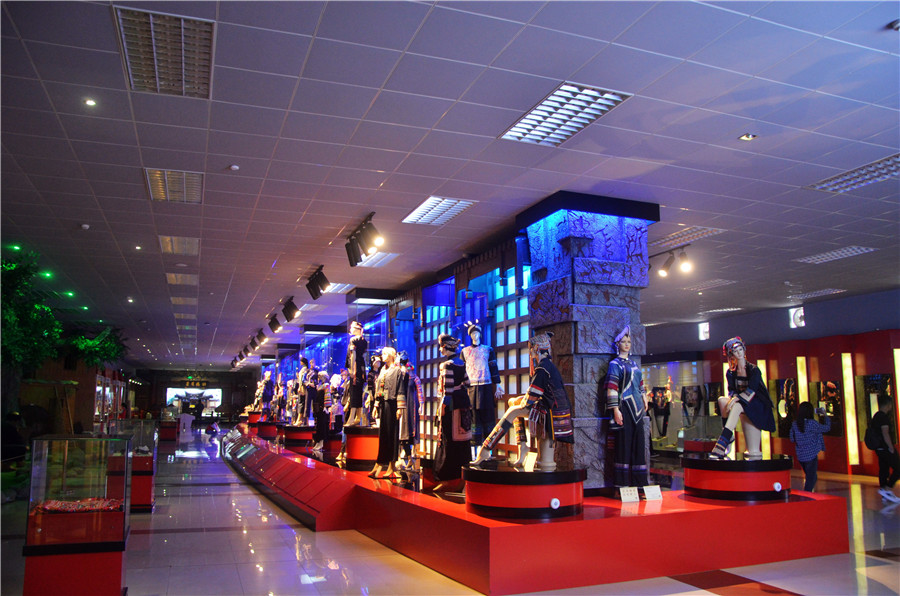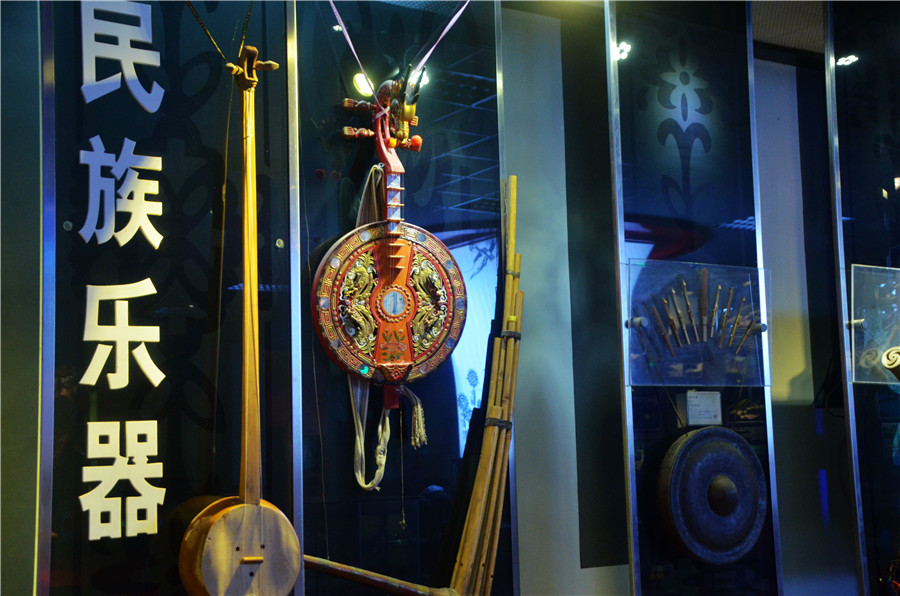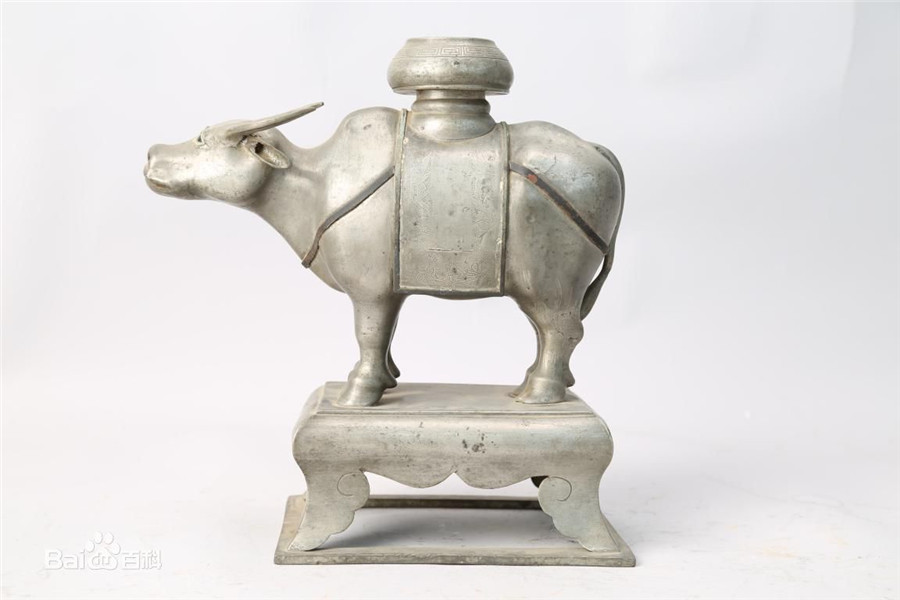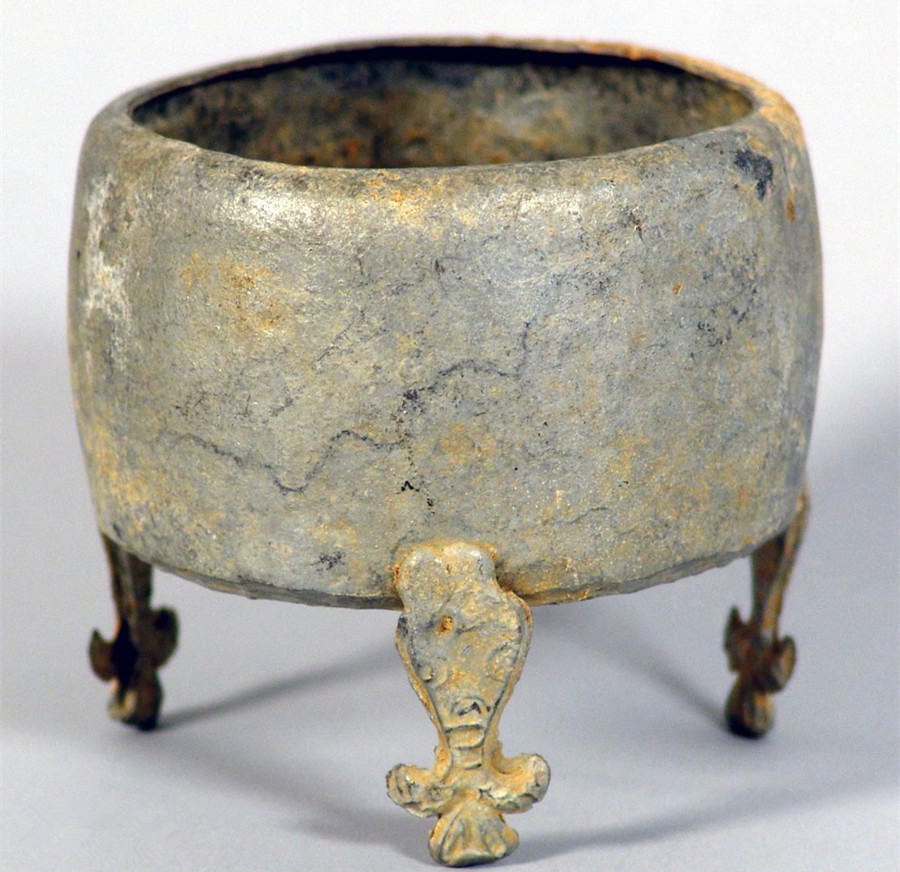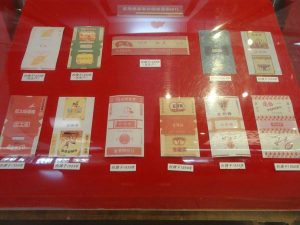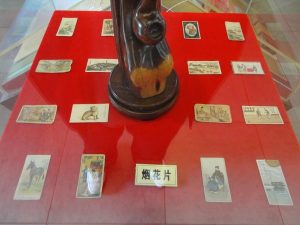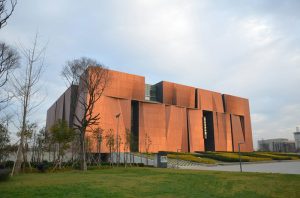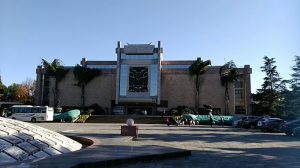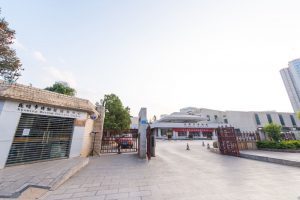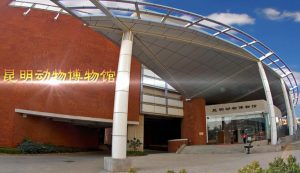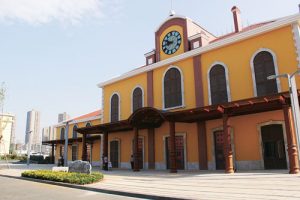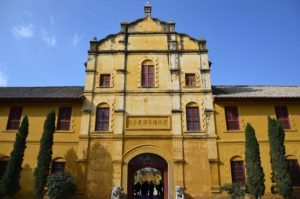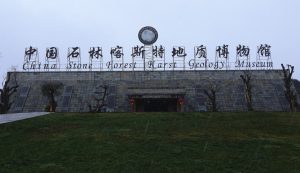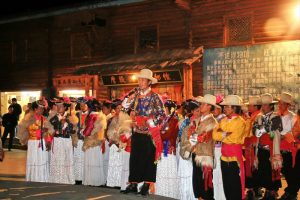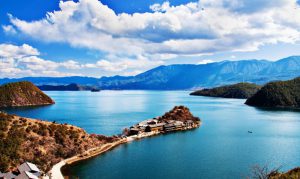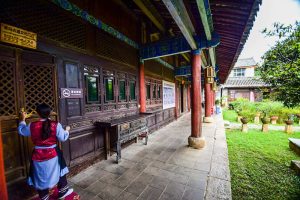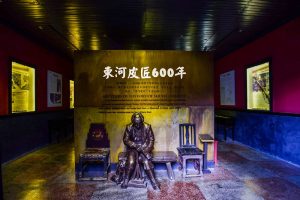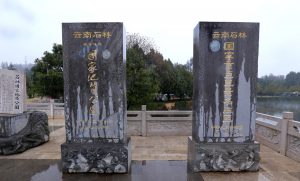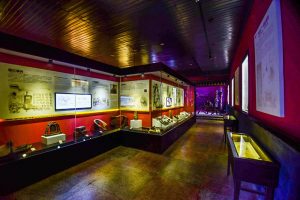
Shuhe Ancient Town Travel Tips
Altitude Sickness
The altitude is about 2,400 meters or about 7,800 feet. Some people may get some altitude sickness. So take it easy the first day or two.
What to Pack
Travel light when strolling in the old town. Bring a camera with you that you can take photos along the way. Sunlight is very strong in Lijiang, wear sun protection such as hats, sunglasses and use sun block, etc.
Entertainment
Do not miss the bars in Lijang. They are a part of life. The bars in Shuhe Old Town is more quieter than Lijiang old town.
Dining
In Shuhe Old Town, some small restaurants are also surprising. The famous local dishes includes Chickpeas Bean Jelly, Lijiang Salted Pork Ribs, Naxi barbecue and other Lijiang delicacies.
Hotels
Just like Lijiang Old Town, Shuhe Old Town has many high-qualify hotels or hostels for you to choose from. The recommended hotels are Banyan Tree Lijiang, Lijiang Conifer Lishui Yangguang Hotel, etc.
Other Tips
1. If you plan to travel to Lijiang during the peak tourist season (Spring Festival, May Day, Summer holiday, and National Day holiday), be sure to reserve a room in advance.
2. There used to have carriages getting in and out of this town, so be careful.
3. It is best to wear cloth shoes or sneakers when walking in the old town, because they are all slabstone path, it is easy to twist your feet with high heels.
4.Take rain gear when you visit in the rainy season, and the slabstone path are slippery after the rain. Pay attention to that.

